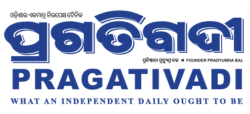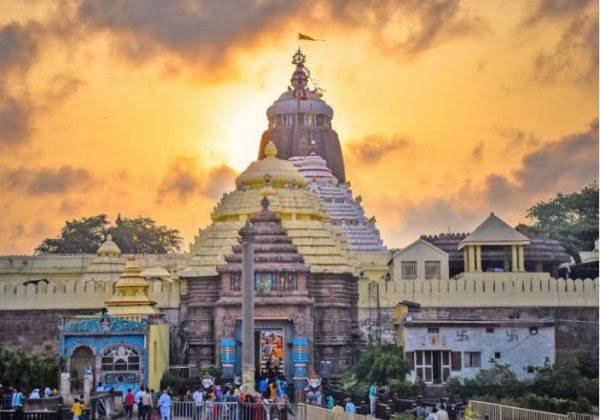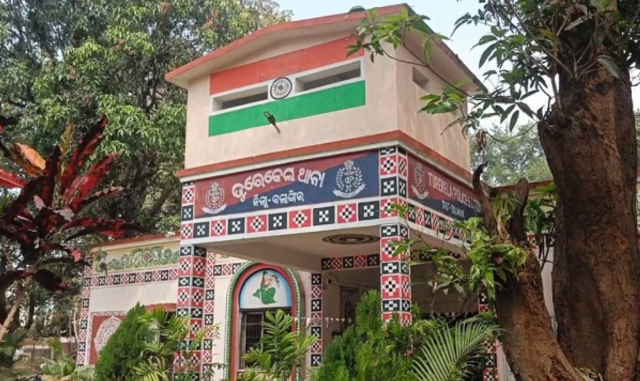SAHAJOG– an initiative by the Housing and Urban Development Department aimed at helping the urban poor access benefits from various government social sector schemes – was officially launched today by Dr. Krushna Chandra Mahapatra at a state-level event.
Also present were Smt. Usha Padhee, Principal Secretary of the H&UD Department, along with Secretaries, Nodal Officers from other departments, and senior officials from the H&UD Department.
SAHAJOG is the first initiative of its kind focused on identifying eligible beneficiaries from urban poor communities and linking them to appropriate schemes. It aims to create mass awareness, deliver services directly to beneficiaries, and strengthen implementation mechanisms at urban local body (ULB) and district levels. In its initial phase, the initiative will prioritize several key schemes, including: Pradhan Mantri Awas Yojana (Urban), Ration Cards under the National Food Security Act (NFSA), piped water supply, Ayushman Card, PWD Identity Card, Subhadra Yojana, Labour Card, E-Shram Card, Garima Scheme, PM Vishwakarma Yojana, Madhubabu Pension Yojana, Sukanya Samridhi Yojana, and PM Suraksha Bima Yojana. Housing support under PMAY (U) will serve as the gateway for families to access a range of other schemes.
This initiative builds on the success of a pilot program conducted across six ULBs, which covered 5,000 households and identified key gaps and strategies for effectively reaching vulnerable communities. In this phase, SAHAJOG will be rolled out in 44 ULBs across eight districts, reaching over 1.5 million people. Ultimately, it will be gradually expanded to all ULBs across the state. The eight districts where urban poverty is particularly pronounced are Khordha, Cuttack, Ganjam, Sundargarh, Sambalpur, Keonjhar, Mayurbhanj, and Bhadrak.
Implementation support will be mobilised from Swachh Karmis, Jalsathis, leaders of Slum Dwellers Associations, Self-Help Groups (SHGs), NGOs, community volunteers, and ULB frontline workers. These individuals will play a crucial role in spreading awareness and assisting eligible beneficiaries with their applications.
The implementation will follow a fast-track, campaign-style approach for the initial two months. Community volunteers and frontline workers will be incentivised based on their milestones. Interdepartmental Committees at the state and district levels have been formed for the smooth coordination and execution of the initiative. The District-level Committee will be led by the District Collector, with senior officers from other line departments as members to support the ULB team and monitor progress regularly. Monthly progress reviews will take place during District Development Committee meetings, with updates shared at the state level. Commissioners and Executive Officers will also address scheme-related grievances every Monday during their regular grievance redressal sessions.
The initiative aligns with the “Viksit Odisha” and “Vikasit Bharat” missions. Through collaboration and citizen-centric approaches, Odisha continues to set an example in inclusive and sustainable urban development, ensuring that no one is left behind.
During the launch, Minister Dr. Mahapatra stated that starting today, May 1st, until June 20th, the initiative will be transformed into a mass movement. Collectors from the eight districts have been instructed to form committees at their levels. In the future, an app will be launched to connect eligible beneficiaries. SAHAJOG aims to contribute to the health and prosperity of Odisha and will align with the vision for a developed Odisha by 2036. The minister further informed that once the urban areas are covered, the initiative will extend to rural beneficiaries. Currently, 44 ULBs from the eight districts are included in the program.
Principal Secretary Smt. Padhee remarked that today is a historic day for the Department as it takes the initiative for the weaker sections of society. As land, housing, water, and electricity are basic needs for economically disadvantaged people, the Urban Development Department will serve as the nodal department and entry point for this initiative. Initially, 14 schemes from different departments will be considered, raising awareness among the urban poor about these schemes and ensuring they receive their rightful benefits. Since 60% of a city’s GDP comes from the weaker sections, the growth and development process will proceed by including this demographic.
Among those present were representatives from the eight districts, Executive Officers, and Community Organisers who participated virtually, along with nodal officers from various departments and executives from the TATA Foundation Trust.




















